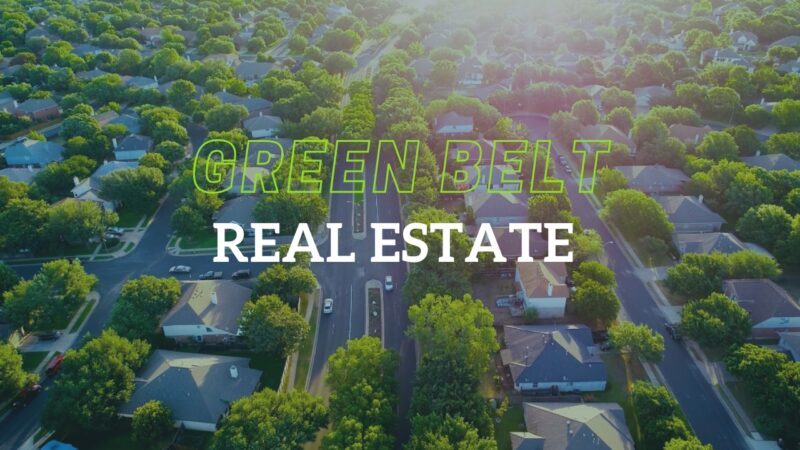As a real estate agent, I’ve often been asked about the term “Green Belt” and its implications in the real estate market. It’s a term that can be confusing, especially for those new to the world of real estate.
But understanding it can provide valuable insights into the dynamics of urban planning and development and how these factors can impact property values and investment opportunities. Today, I’m going to break down this policy, so without further ado, let us begin.
A Brief Overview
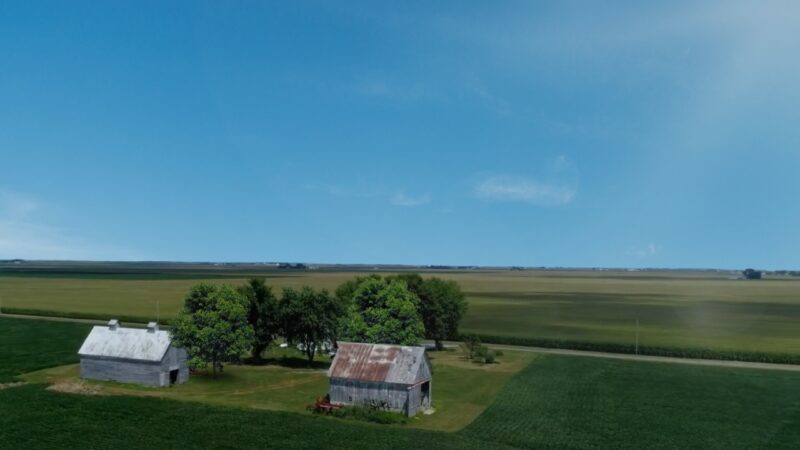
A Green Belt is a policy and land-use zone designation used in land-use planning to retain areas of largely undeveloped, wild, or agricultural land surrounding or neighboring urban areas. It’s like an invisible line drawn around a certain area, preventing development and allowing wildlife to return and be established.
The Purpose
The primary objectives of green belt policy are to protect natural or semi-natural environments, improve air quality within urban areas, ensure that urban dwellers have access to the countryside, with consequent educational and recreational opportunities, and protect the unique character of rural communities that might otherwise be absorbed by expanding suburbs.
Green belts offer many benefits for people, including walking, camping, and biking areas close to cities and towns. They provide a contiguous habitat network for wild plants, animals, and wildlife and contribute to cleaner air and water. They also encourage better land use within the bordering cities.
However, the effectiveness of green belts can vary depending on location and country. They can often be eroded by urban-rural fringe uses and, sometimes, development ‘jumps’ over the green belt area, resulting in the creation of “satellite towns” which, although separated from the city by the green belt, function more like suburbs than independent communities.
The objectives of this policy are multifaceted:
- Protect natural or semi-natural environments
- Improve air quality within urban areas
- Ensure that urban dwellers have access to the countryside, with consequent educational and recreational opportunities
- Protect the unique character of rural communities that might otherwise be absorbed by expanding suburbs
The Benefits
Green belts offer numerous benefits for people:
- They provide walking, camping, and biking areas close to cities and towns.
- They create a contiguous habitat network for wild plants, animals, and wildlife.
- They contribute to cleaner air and water.
- They promote better land use within the bordering cities.
The History
Green belts have a rich history that dates back centuries. This concept was first introduced in the 7th century by Muhammad, who established a green belt around Medina by prohibiting any further removal of trees in a 12-mile-long strip around the city.
In 1580, Elizabeth I of England implemented a similar concept to stop the spread of the plague, banning new buildings in a 3-mile-wide belt around the City of London.
In modern times, the term “green belt” emerged from continental Europe, where broad boulevards were increasingly used to separate new development from the center of historic towns.
The concept was then adopted and further developed in the United Kingdom, confronted with ongoing rural flight. The term itself was first used in relation to the growth of London by Octavia Hill in 1875.
The Impact on Real Estate
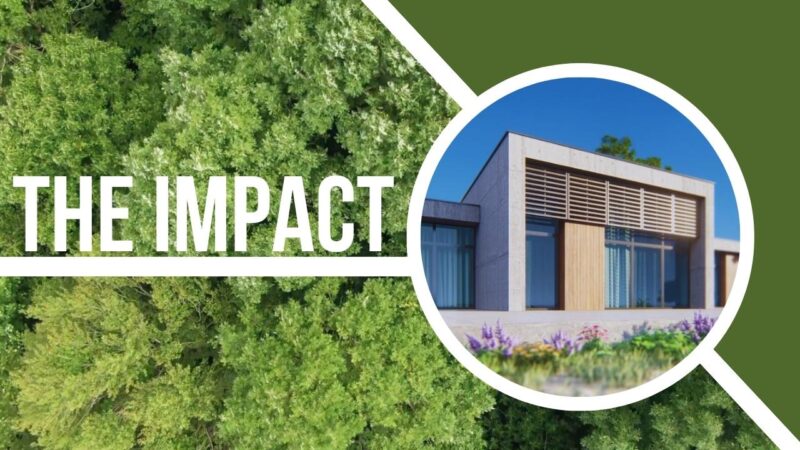
Green belts can have a significant impact on the real estate market. They can increase the value of properties within and near the green belt due to the attractiveness of the preserved natural environment. However, they can also limit the availability of land for development, potentially leading to increased property prices due to the reduced supply.
Green Belts Around the World
These policies are implemented in various forms around the world. In the UK, there are fourteen green belt areas covering 13% of England and parts of Scotland. Other notable examples include the Ottawa Greenbelt and Golden Horseshoe Greenbelt in Ontario, Canada. In the United States, the term “green space” or “greenspace” is more commonly used, which may be a very small area such as a park.
The concept of “green belt” has evolved in recent years to encompass not only “Greenspace” but also “Greenstructure,” which comprises all urban and peri-urban greenspaces, an important aspect of sustainable development in the 21st century.
Explore the emerging trends in sustainable real estate, highlighting the ongoing Green Revolution.
Here are some of the most famous green belts in the world:
1. United Kingdom

The UK has fourteen green belt areas covering 16,716 km² or 13% of England and 164 km² of Scotland. The Metropolitan Green Belt in England is one of the most notable, covering 1,969.121 sq. miles.
2. Canada
Canada has several, with the Ottawa Greenbelt and Golden Horseshoe Greenbelt in Ontario being particularly notable. The Ottawa Greenbelt is 20,350 hectares (78.6 sq mi) and is managed by the National Capital Commission.
3. Australia
The Adelaide Park Lands in Australia, measuring approximately 7.6 km², surround the city center of Adelaide unbroken. On the fringe of the eastern suburbs, an expansive natural green belt in the Adelaide Hills acts as a growth boundary for Adelaide.
4. Iran

Tehran’s green belt increased from 29 square kilometers in 1979 to 530 square kilometers in 2017, and the number of parks in urban and suburban areas also increased from 75 in 1979 to 2,211 in 2017.
5. United States
The U.S. states of Oregon, Washington, and Tennessee require cities to establish urban growth boundaries (UGBs). Notable U.S. cities which have adopted UGBs include Portland, Oregon; Twin Cities, Minnesota; Virginia Beach, Virginia; Lexington, Kentucky; and Miami-Dade County, Florida.
6. Brazil
The São Paulo City Green Belt Biosphere Reserve extends throughout 73 municipalities including São Paulo metro and the Santos area. With approximately 17,000 km², it is inhabited by about 23 million people.
7. New Zealand
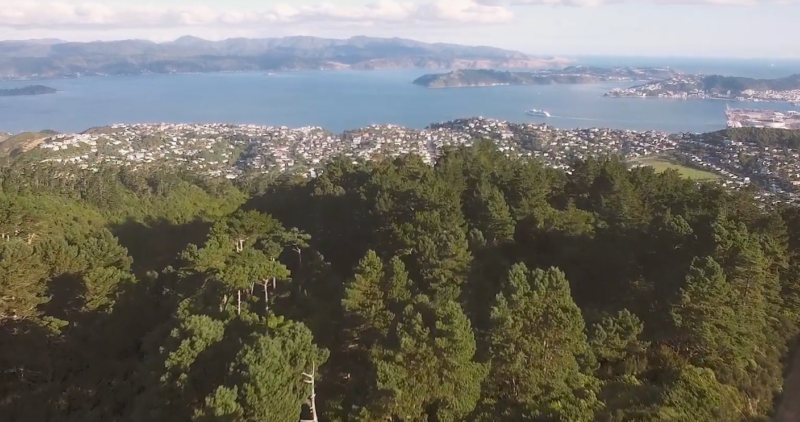
Dunedin Town Belt is one of the world’s oldest green belts, having been planned at the time of the city’s rapid growth during the Otago Gold Rush of the 1860s. It surrounds the city center on three sides.
8. South Korea
In 1971, South Korea introduced the green belt as a “Limited Development Area” to prevent urban sprawl around Seoul. New ones are currently designated around Seoul, Busan, and other metropolitan areas around the country.
9. Europe
The European Green Belt spans from the Barents Sea to the Black Sea, crossing many national borders. It is a symbol of transboundary cooperation and a shared natural heritage.
Criticisms
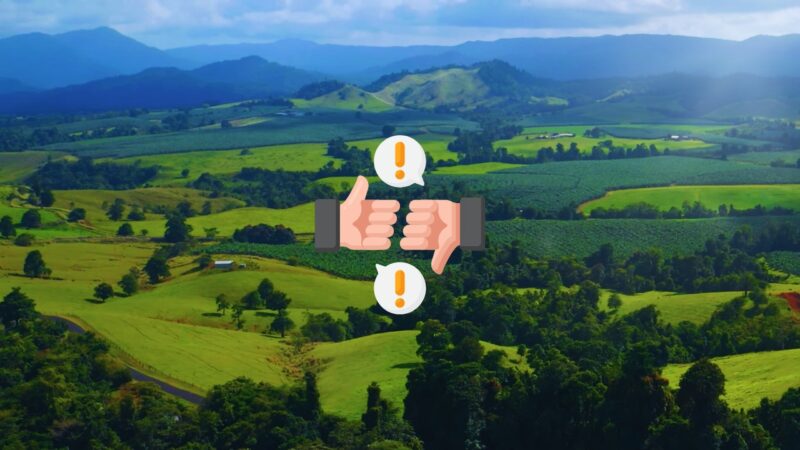
Despite their benefits, green belts have also been subject to criticism. When established around an economically prosperous city, homes in a green belt may command considerable premiums.
They may also be more economically resilient as they are popular among the retired and less attractive for short-term renting of modest homes. However, this can exacerbate housing prices and stifle competitive forces in general.
Another area of criticism comes from the fact that, since a green belt does not extend indefinitely outside a city, it spurs the growth of areas much further away from the city core than if it had not existed, thereby actually increasing urban sprawl.
This can lead to other problems, as residents of these areas have a longer commute to workplaces in the city and worse access to public transport.
What Future Holds
Despite the criticisms, green belts continue to play a crucial role in urban planning and environmental conservation. They serve as a reminder of the importance of preserving natural spaces within and around our urban environments.
As cities continue to grow and evolve, the concept of the green belt will undoubtedly continue to be refined and adapted to meet the changing needs of urban dwellers and the environment.
FAQs

1. How Do Green Belts Affect Property Values?
They can increase property values due to the attractiveness of the preserved natural environment. However, they can also limit the availability of land for development, potentially leading to increased property prices due to the reduced supply.
2. Can Green Belts Be Developed?
Its primary purpose is to prevent urban sprawl by keeping the land largely undeveloped. However, exceptions can sometimes be made for necessary infrastructure or community facilities.
3. How Is a Green Belt Established?
It is typically established through local or national planning policies. The exact process can vary depending on the country and the specific regulations in place.
4. Can a Green Belt Status Be Removed?
Removing this status is generally difficult and involves a complex legal and planning process. It’s usually only considered in exceptional circumstances where the benefits of development are considered to outweigh the benefits of preserving the green belt.
5. What’s the Difference Between a Green Belt and A National Park?
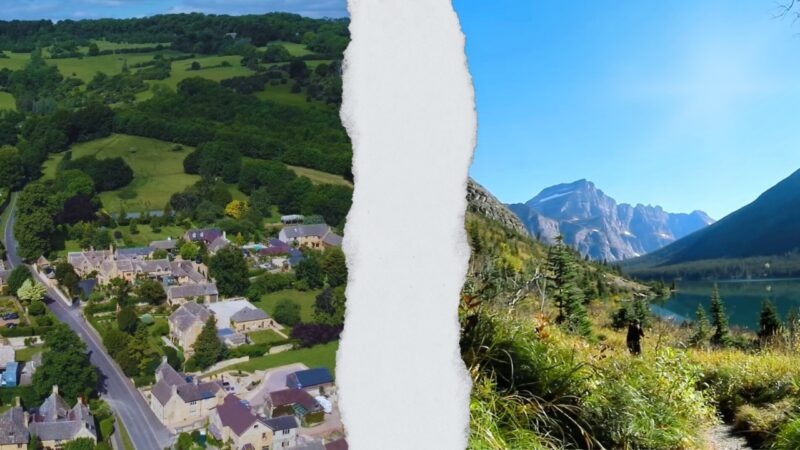
While both aim to preserve natural environments, they serve different purposes. A national park is typically a large, protected area set aside for its natural beauty, flora, and fauna and the enjoyment of the public. A green belt, on the other hand, is a planning tool used to control urban growth.
6. Are Green Belts Effective?
The effectiveness can vary depending on their management and enforcement. When properly managed, they can be effective in preserving natural environments and preventing urban sprawl.
7. How Do Green Belts Benefit the Environment?
They can benefit the environment in several ways. They can help to preserve natural habitats, improve air and water quality, and provide a space for wildlife to thrive.
8. How Do Green Belts Impact Urban Planning?
They play a significant role in urban planning by helping to shape the growth and development of urban areas. They can help to prevent urban sprawl and ensure that development is more sustainable and organized.
9. How Do Green Belts Contribute to The Quality of Life?
They can contribute to the quality of life by providing urban dwellers with access to green spaces for recreation and relaxation. They can also improve air quality and contribute to a more pleasant and aesthetically pleasing environment.
10. Can Green Belts Help Combat Climate Change?
By preserving natural environments and preventing urban sprawl, they can help to reduce greenhouse gas emissions and contribute to climate change mitigation efforts.
Final Words
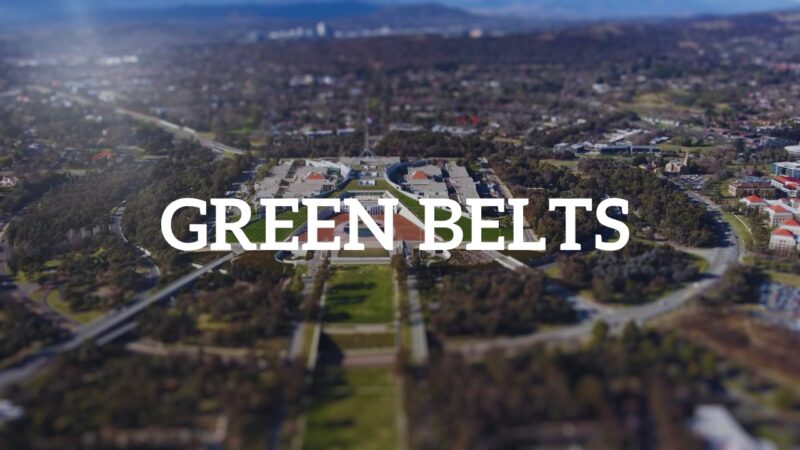
Green belts play a crucial role in urban planning and environmental preservation. They can have significant implications for the real estate market, affecting property values and development opportunities.
As a real estate agent, understanding the concept of green belts can help you provide better advice to your clients and make more informed decisions. Remember, when it comes to real estate, knowledge is power!
